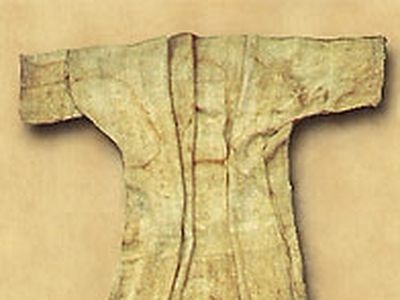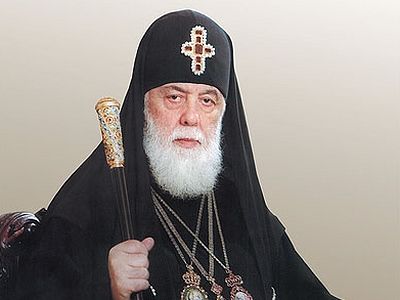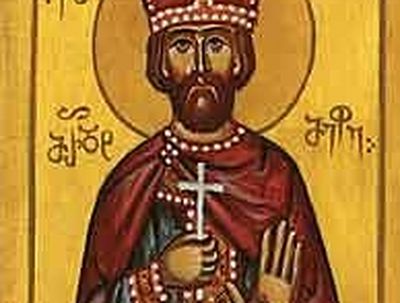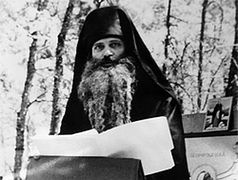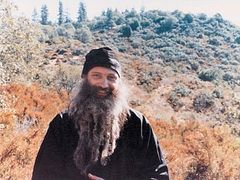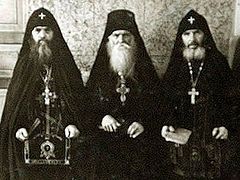Memory 3 (16) July
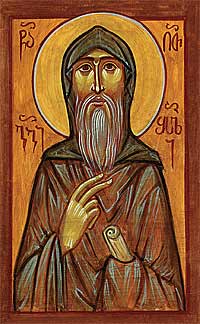
Nevertheless, the monks of the Black Mountains were well aware of the pious life led by Giorgi the Recluse. Venerable Giorgi of theHoly Mountain journeyed to the Black Mountains in search of a spiritual guide and, after praying in each and every monastery, finally asked St. Giorgi the Recluse, “a man innocent as a dove,” to fill this role.
Giorgi the Recluse received the young ascetic and found a home for him in the monastery. His disciple remained with him for three years, leading the strictest ascetic life, until finally Giorgi the Recluse clothed him with the schema and “perfected him in the monastic life.”
Then, after sending him on a pilgrimage to Jerusalem, he blessed Giorgi to resettle at the Iveron Monastery on Mt. Athos and to continue the holy work of St. Ekvtime of Mt. Athos.
Giorgi returned to the Holy Mountain but, instead of translating books as his spiritual father had advised him, he performed other obediences for seven years. When St. Giorgi the Recluse heard this, he sent his disciple Tevdore to Mt. Athos to rebuke him and remind him that he was sent there to translate theological texts from the Greek to the Georgian language. This time Giorgi of the Holy Mountain humbly obeyed the will of his teacher.
When he was not with Giorgi of the Holy Mountain, St. Giorgi the Recluse confined himself to strict solitude and, like his spiritual son, dedicated much of his time to literary pursuits. He was closely acquainted with the writers of Iveron and other Georgian monasteries, and he encouraged his spiritual son to continue his labor of translating Orthodox theological literature.
St. Giorgi the Recluse copied Davit Mtbevari’s translations of the Life of Martha (the mother of Simeon of the Wonderful Mountain and the Life of St. Barlaam (of the Syro-Caucasus). When Giorgi heard that no copies of these Lives existed on Mt. Athos, he transcribed the texts and sent them to the Athonites.
St. Giorgi the God-bearer and Recluse reposed in 1068, after the death of his venerable disciple St. Giorgi of the Holy Mountain.
A heavenly man and an earthly angel, O Venerable Father Giorgi the God-bearer, we pray thee to direct our lives on the path of peace!

